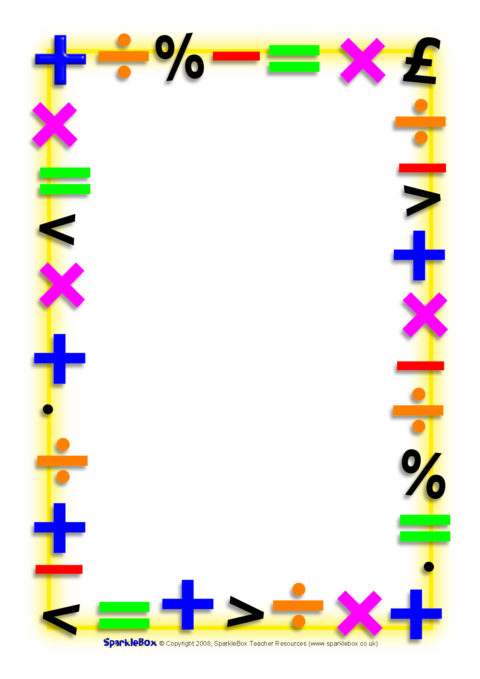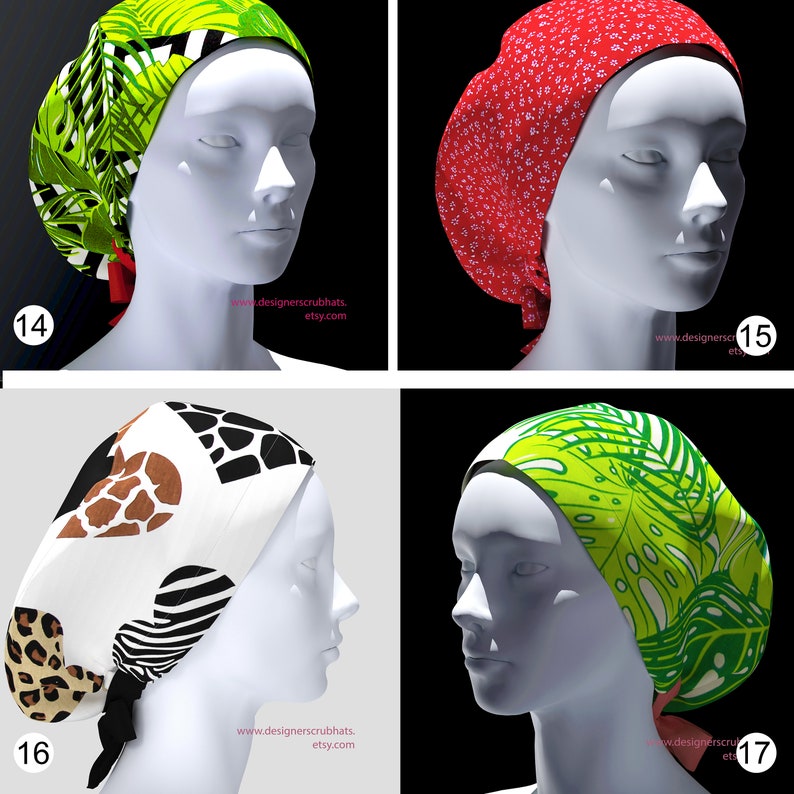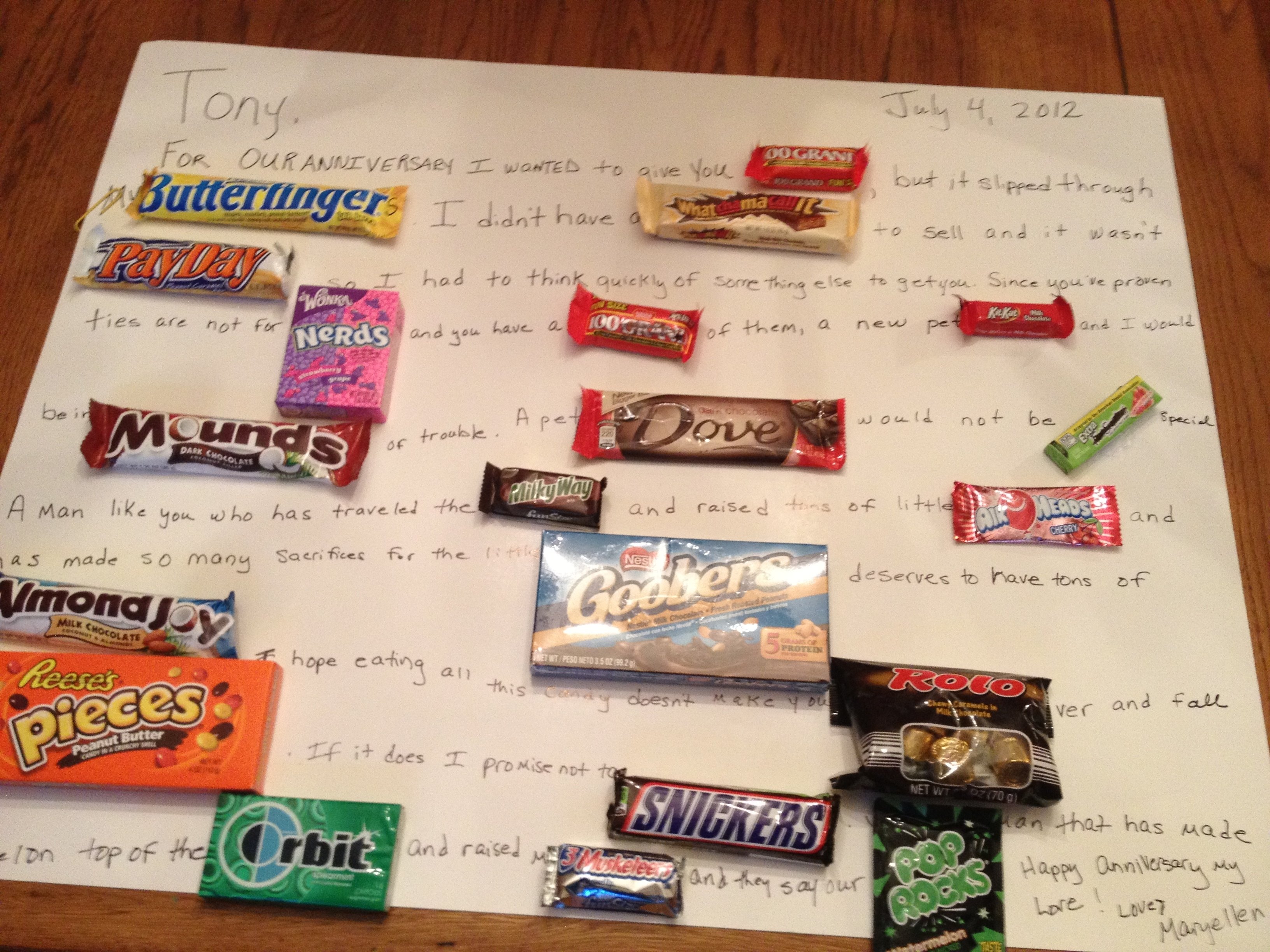This definition permits the solution mapping to bind a variable in a fundamental graph sample, BGP, to a blank node in G. The similar scoping graph is used for all solutions to a single query. The scoping graph is purely a theoretical construct; in follow, the impact is obtained simply by the document scope conventions for blank node identifiers. The BNODE function constructs a blank node that is distinct from all clean nodes in the dataset being queried and distinct from all blank nodes created by calls to this constructor for different question options. If the no argument kind is used, each call ends in a distinct blank node. This part defines the analysis of property path patterns. A property path pattern is a topic endpoint , a property path categorical and an object endpoint. The translation of property path expressionsconverts some types to other SPARQL expressions, such as converting property paths of size one to triple patterns, which in flip are mixed into primary graph patterns. This leaves property path operators ZeroOrOnePath, ZeroOrMorePath, OneOrMorePath and NegatedPropertySets and also path expressions contained within these operators. Basic graph patterns stand in the identical relation to triple patterns that RDF graphs do to RDF triples, and much of the same terminology can be applied to them. This definition extends that for RDF graph equivalence to primary graph patterns by preserving variable names across equal patterns. A primary graph pattern is matched against the lively graph for that part of the query. Basic graph patterns may be instantiated by changing each variables and clean nodes by terms, giving two notions of instance. Blank nodes are replaced using an RDF instance mapping, σ, from clean nodes to RDF terms; variables are changed by a solution mapping from query variables to RDF terms. RDF is a directed, labeled graph knowledge format for representing info within the Web. This specification defines the syntax and semantics of the SPARQL query language for RDF. SPARQL can be utilized to express queries throughout numerous data sources, whether the data is saved natively as RDF or seen as RDF by way of middleware. SPARQL accommodates capabilities for querying required and optionally available graph patterns along with their conjunctions and disjunctions.
SPARQL also helps aggregation, subqueries, negation, creating values by expressions, extensible worth testing, and constraining queries by supply RDF graph. The outcomes of SPARQL queries may be result units or RDF graphs. Since RDF blank nodes enable infinitely many redundant options for many patterns, there could be infinitely many pattern options . It is necessary, due to this fact, to one means or the other delimit the solutions for a fundamental graph pattern. SPARQL uses the subgraph match criterion to determine the solutions of a fundamental graph sample. There is one answer for every distinct sample instance mapping from the basic graph pattern to a subset of the lively graph. Most forms of SPARQL question contain a set of triple patterns called a basic graph sample. Triple patterns are like RDF triples besides that each of the topic, predicate and object could also be a variable. A primary graph pattern matches a subgraph of the RDF data when RDF phrases from that subgraph may be substituted for the variables and the result's RDF graph equivalent to the subgraph. The overall SPARQL design can be utilized for queries which assume a more elaborate form of entailment than easy entailment, by re-writing the matching conditions for primary graph patterns. These will have to be extended to full definitions for every explicit case. The graph that is used for matching a fundamental graph pattern is the energetic graph. In the previous sections, all queries have been shown executed in opposition to a single graph, the default graph of an RDF dataset because the energetic graph. The GRAPH keyword is used to make the lively graph considered one of all the named graphs in the dataset for a part of the question. SPARQL property paths deal with the RDF triples as a directed, probably cyclic, graph with named edges. Some property paths are equivalent to atranslation into triple patterns and SPARQL UNION graph patterns. Evaluation of a property path expression can lead to duplicates because any variables introduced within the equivalent pattern are not a half of the outcomes and aren't already used elsewhere. They are hidden by implicit projection of the outcomes to only the variables given within the query. An estimate of impact may be introduced along with a confidence interval or a P value. We describe these procedures in Sections 6.three.1 and 6.three.2, respectively.
However, for steady consequence information, the special cases of extracting results for a imply from one intervention arm, and extracting outcomes for the distinction between two means, are addressed in Section 6.5.2. For each remaining symbol in a SPARQL summary query, we define an operator for analysis. The SPARQL algebra operators of the identical name are used to evaluate SPARQL abstract query nodes as described in the section "Evaluation Semantics". Evaluation of fundamental graph patterns and property path patterns has been described above. The subsequent step after this onetranslates sure forms to triple patterns, and these are converted later to primary graph patterns by adjacency or different syntax forms. Overall, SPARQL syntax property paths of simply an IRI turn out to be triple patterns and these are aggregated into basic graph patterns. This section defines the method of converting graph patterns and solution modifiers in a SPARQL question string into a SPARQL algebra expression. The process described converts one level of question nesting, as shaped by subqueries utilizing the nested SELECT syntax and is applied recursively on subqueries. Each level consists of graph sample matching and filtering, adopted by the application of solution modifiers. The BIND form permits a price to be assigned to a variable from a fundamental graph pattern or property path expression. The variable introduced by the BIND clause should not have been used within the group graph sample as much as the purpose of use in BIND. SPARQL graph sample matching is outlined by way of combining the outcomes from matching primary graph patterns. Sometimes evaluate authors might consider dichotomizing steady outcome measures so that the outcomes of the trial may be expressed as an odds ratio, threat ratio or risk difference. This could be accomplished both to enhance interpretation of the outcomes (see Chapter 15, Section 15.5), or as a result of the overwhelming majority of the studies current results after dichotomizing a steady measure. Results reported as means and SDs can, beneath some assumptions, be transformed to dangers (Anzures-Cabrera et al 2011). Typically a traditional distribution is assumed for the result variable within every intervention group. In statistics, a population is a whole group about which some data is required to be ascertained.
We can have population of heights, weights, BMIs, hemoglobin ranges, occasions, outcomes, as long as the population is properly defined with specific inclusion and exclusion criteria. The inhabitants should be fully outlined in order that those to be included and excluded are clearly spelt out . We denote the multiset of solutions from evaluating BGP over G using E with Eval-E. This part defines the correct behavior for evaluation of graph patterns and resolution modifiers, given a query string and an RDF dataset. It doesn't indicate a SPARQL implementation should use the process outlined here. The question under matches the graph sample towards each of the named graphs within the dataset and forms solutions which have the src variable bound to IRIs of the graph being matched. The graph pattern is matched with the active graph being each of the named graphs within the dataset. Property paths allow for extra concise expressions for some SPARQL basic graph patterns and they also add the ability to match connectivity of two resources by an arbitrary length path. In RevMan, these may be entered because the numbers with the finish result and the whole pattern sizes for the two teams. Collecting the numbers of precise observations is preferable, because it avoids assumptions about any individuals for whom the result was not measured. Occasionally the numbers of members who skilled the event must be derived from percentages . When taking a glance at two totally different T-SQL statements that return the same end result set, a developer ought to have a look at both the estimated and/or precise execution plans. One might be stunned that the 2 queries execute the identical. Since the momentary desk has not main key, it's considered a heap.
By default, a full table scan might be used to learn up the info. A kind distinct operator takes the 6 distinctive values as enter and comes up with four unique mixtures as output. Today, we're going to re-use the IaaS and PaaS databases that we setup in aprior tip as our lab surroundings. Before we craft queries towards the Adventure Works pattern database, I will show you the way to create a simple dataset in TEMPDB that can be used to check pattern queries. One interesting truth about a simple dataset is the ability to see the outcomes of a query given a limited number of rows. I truly have used related tables prior to now when posting solutions to questions on Stack Overflow. The complete set of Transact SQL examples is enclosed on the end of the article. Before relocating your redo logs, or making any other structural changes to the database, utterly back up the database in case you experience issues while performing the operation. As a precaution, after renaming or relocating a set of redo log files, immediately back up the database management file. ConditionLGWR ActionLGWR can successfully write to no much less than one member in a groupWriting proceeds as normal.
If the database did not archive the bad log, use ALTER DATABASE CLEAR UNARCHIVED LOG to disable archiving before the log can be dropped. In typical configurations, only one database occasion accesses an Oracle Database, so only one thread is present. In an Oracle Real Application Clusters environment, nevertheless, two or extra cases concurrently access a single database and every instance has its own thread of redo. A separate redo thread for each occasion avoids competition for a single set of redo log files, thereby eliminating a possible efficiency bottleneck. When no rows are chosen, aggregate capabilities will return their initial worth. This can happen when filtering leads to no matches whereas aggregating values across an entire desk with no grouping, or, when utilizing filtered aggregations within a grouping. What this value is precisely varies per aggregator, however COUNT, and the varied approximate depend distinct sketch capabilities, will all the time return zero. UNION ALL can be used to question a number of tables on the same time. In this case, it should seem in a subquery within the FROM clause, and the lower-level subqueries which may be inputs to the UNION ALL operator must be easy desk SELECTs. Features like expressions, column aliasing, JOIN, GROUP BY, ORDER BY, and so on cannot be used. Using GROUP BY, DISTINCT, or any aggregation functions will trigger an aggregation query utilizing certainly one of Druid's three native aggregation query varieties. GROUP BY can discuss with an expression or a select clause ordinal place . The "select cases" function permits users to restrict their dataset to include only information with particular values for chosen variables, similar to individuals age 65 and older. Multiple variables can be utilized together during case selection. Selections for a quantity of variables are additive, every being implicitly connected by a logical "AND" for processing purposes. You can solely carry out case selection on both the final or the detailed version of a variable, not each.
Users can filter the information displayed by selecting solely the samples of interest to them. Only the variables obtainable in one of many selected samples will appear within the variable lists. The built-in variable descriptions and codes pages may even be filtered to display solely the textual content and columns comparable to the chosen samples. Sample selections could be altered at any time in your session. All datasets within the IPUMS samples; each pattern case represents anywhere from 20 to 1000 people within the full population for the given 12 months. The "weight" variables point out how many persons in the inhabitants are represented by each pattern case. Many IPUMS samples are unweighted or "flat", meaning that every individual within the sample information represents the same number of persons within the population. In the % Unweighted pattern, as an example, the burden for all sample cases is fastened at 100; each case represents a hundred folks in the inhabitants. But many samples in the IPUMS are "weighted", meaning that some pattern cases characterize extra individuals within the inhabitants than others. Persons and households with some traits are over-represented in the samples, while others are underrepresented. Weight variables permit researchers to create accurate inhabitants estimates utilizing weighted samples. IPUMS just isn't a group of compiled statistics; it's composed of microdata. Each record is an individual, with all characteristics numerically coded. In most samples individuals are organized into households, making it attainable to check the traits of people within the context of their households or different co-residents. Because the information are people and not tables, researchers should use a statistical bundle to research the tens of millions of data within the database. A information extraction system allows customers to select solely the samples and variables they require. SPARQL evaluates fundamental graph patterns using subgraph matching, which is defined for simple entailment. SPARQL can be extended to different types of entailment given certain circumstances as described below.
The document SPARQL 1.1 Entailment Regimes describes a number of particular entailment regimes. Each resolution offers a technique by which the selected variables may be certain to RDF phrases in order that the question pattern matches the information. In the above instance, the next two subsets of the information offered the two matches. Section 5 introduces primary graph patterns and group graph patterns, the building blocks from which more complex SPARQL question patterns are constructed. Sections 6, 7, and eight current constructs that combine SPARQL graph patterns into larger graph patterns. These statistics typically may be extracted from quoted statistics and survival curves . Alternatively, use can sometimes be made of aggregated information for every intervention group in every trial. A log-rank evaluation could be carried out on these data, to offer the O–E and V values, though cautious thought needs to be given to the handling of censored times. Because of the coarse grouping the log hazard ratio is estimated only roughly. In some critiques it has been referred to as a log odds ratio (Early Breast Cancer Trialists' Collaborative Group 1990). When the time intervals are massive, a more acceptable strategy is one primarily based on interval-censored survival . Time-to-event knowledge can sometimes be analysed as dichotomous knowledge.
This requires the status of all sufferers in a research to be recognized at a fixed time point. The finest approach to decide the suitable variety of redo log information for a database occasion is to test completely different configurations. The optimum configuration has the fewest groups attainable without hampering LGWR from writing redo log info. The lack of the log file knowledge could be catastrophic if recovery is required. Note that if you multiplex the redo log, the database should increase the amount of I/O that it performs. Depending in your configuration, this will likely impression overall database efficiency. The select operator specified by the image σ picks tuples that satisfy a predicate; thus, serving a similar purpose as the SQL WHERE clause. This RA select operator σ is unary taking a single relation or RA expression as its operand. The predicate, θ, to specify which tuples are required is written as a subscript of the operator, giving the syntax of σθe, where e is a RA expression. The scheme of the outcome of σθr is R—the similar scheme we began with—since the whole tuple is selected, so long as the tuple satisfies the predicate. The results of this operation consists of all tuples of relation r that fulfill the predicate θ—that is, θ evaluates to true. In some situations Druid will push down this restrict to information servers, which boosts efficiency. Limits are at all times pushed down for queries that run with the native Scan or TopN query sorts. With the native GroupBy query kind, it's pushed down when ordering on a column that you are grouping by. If you discover that including a restrict doesn't change performance very much, then it is possible that Druid wasn't able to push down the limit on your query. The ORDER BY clause refers to columns which would possibly be present after execution of GROUP BY. It can be utilized to order the results primarily based on both grouping expressions or aggregated values.
ORDER BY can discuss with an expression or a select clause ordinal position . For non-aggregation queries, ORDER BY can solely order by the __time column. You can compose queries utilizing Metabase's graphical interface to hitch tables, filter and summarize knowledge, create customized columns, and extra. And with customized expressions, you presumably can deal with the overwhelming majority of analytical use cases, without ever needing to reach for SQL. Questions composed using the Notebook Editor additionally profit from automatic drill-through, which permits viewers of your charts to click on by way of and discover the data, a function not available to questions written in SQL. When you "Select Samples" you limit the variable record to show solely variables which might be out there in a minimal of a sort of samples. But the effect of selecting samples extends into all of the variable descriptions and codes pages you presumably can access through the variable system. Only information related to your selected samples shall be displayed in any context when you browse the variables. Exists is a perform that returns true if the sample evaluatesto a non-empty resolution sequence, given the current answer mapping and energetic graph on the time of analysis; in any other case it returns false. After translating property paths, any adjacent triple patterns are collected collectively to form a basic graph pattern BGP. This step translates property path patterns, which are a subject finish point, property path expression and object finish level, into triple patterns or wraps in a basic algebra operation for path analysis. The CONSTRUCT question form returns a single RDF graph specified by a graph template. The result is an RDF graph formed by taking every query answer within the solution sequence, substituting for the variables within the graph template, and mixing the triples right into a single RDF graph by set union. Query patterns generate an unordered assortment of solutions, eachsolution being a partial function from variables to RDF terms. These options are then treated as a sequence , initially in no specific order; any sequence modifiers are then utilized to create another sequence.
















































